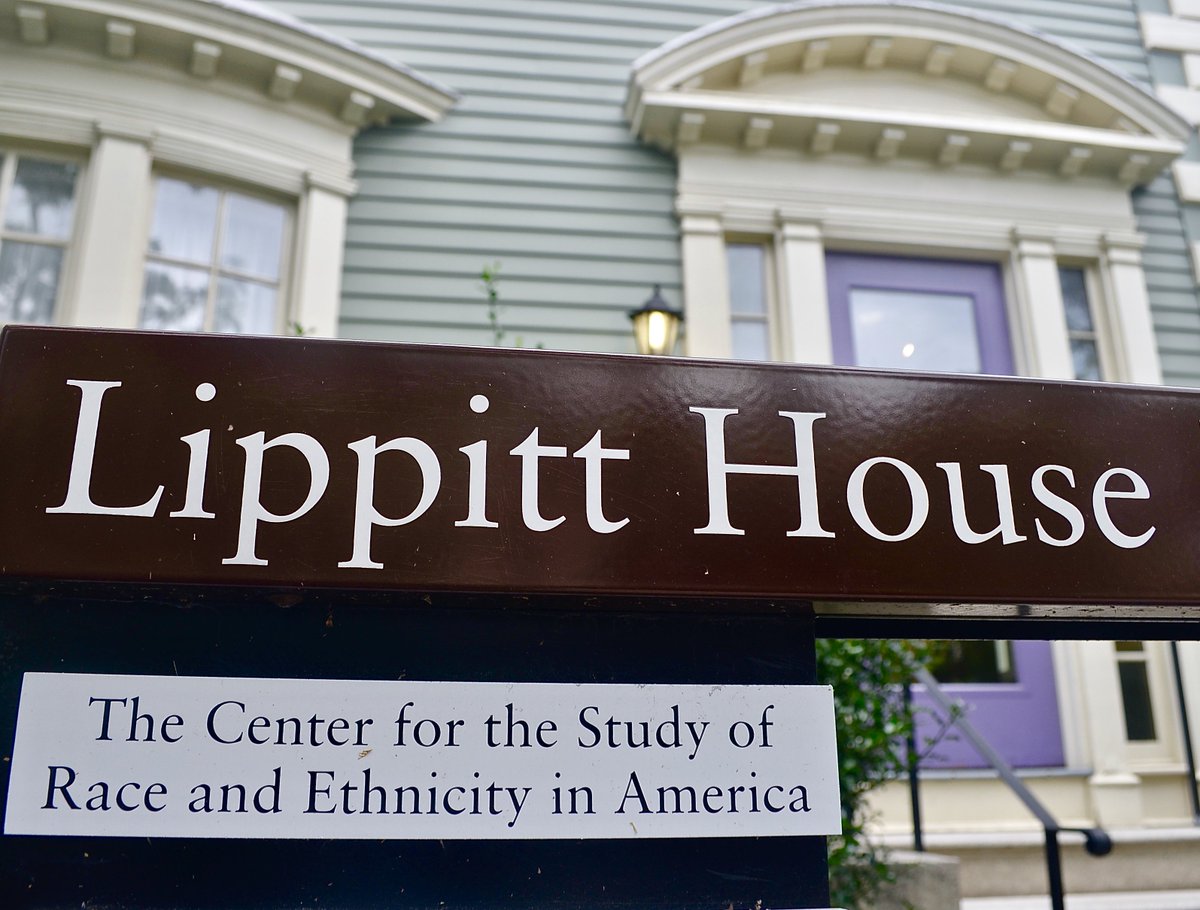
Pembroke Hall 305, 172 Meeting Street
Relations between races in U.S. society are also relations between places. Pervasive residential segregation promotes radical differences in opportunities and life chances. People’s racial identities play a major role in determining who lives in healthful neighborhoods filled with amenities and who dwells in overcrowded poorly maintained neighborhoods near toxic hazards, whose children attend well-funded schools where they are taught by experienced and credentialed teachers and whose children receive a second class education, and who has easy access to nearby employment opportunities and who suffers from the effects of transit racism. Yet precisely because communities of color cannot control the exchange value of their neighborhoods, they become deeply invested in their use value. They join forces to turn segregation into congregation, to work together guided by a shared spatial imaginary that privileges public resources over private opportunities. This panel features reports by scholar-activists about work with equity oriented collaborative community projects.
Discussion led by George Lipsitz, University of California, Santa Barbara.
With Presentations from:
- Jordan Camp, University of Massachusetts, Lowell: "Policing the Housing Crisis: Race, Expressive Culture, and Resistance in Los Angeles"
- Micaela Diaz-Sanchez, Mount Holyoke College: "'Yo También Quiero Bailar La Bamba:' Articulations of Gender and Sexuality in the Chican@ Son Jarocho Diaspora"
- Ryan Dennis, Project Row Houses, Houston, TX: "Dealing with Adversity: Shaping a New Way"
- Wilson Valentin-Escobar, Hampshire College: "Latin@ Artivism: Making and Transforming Community through Social Surrealist Art"
